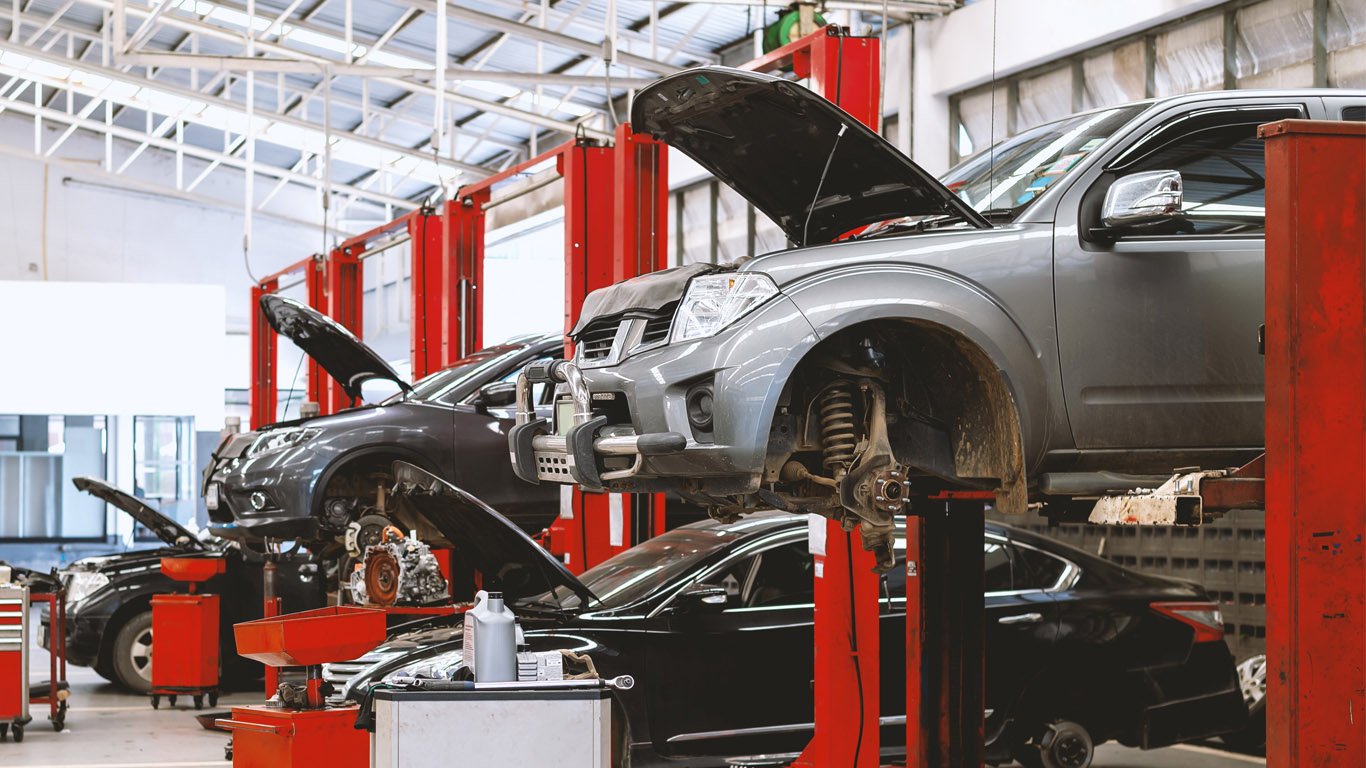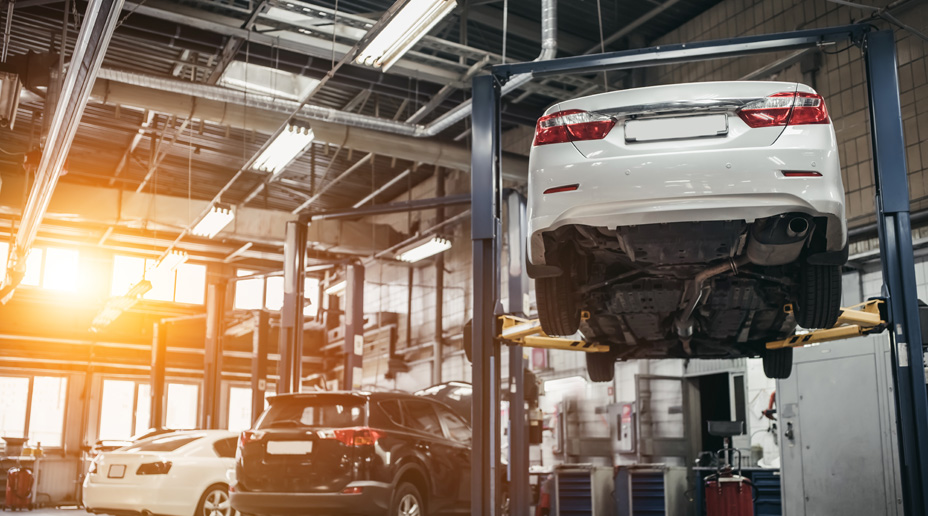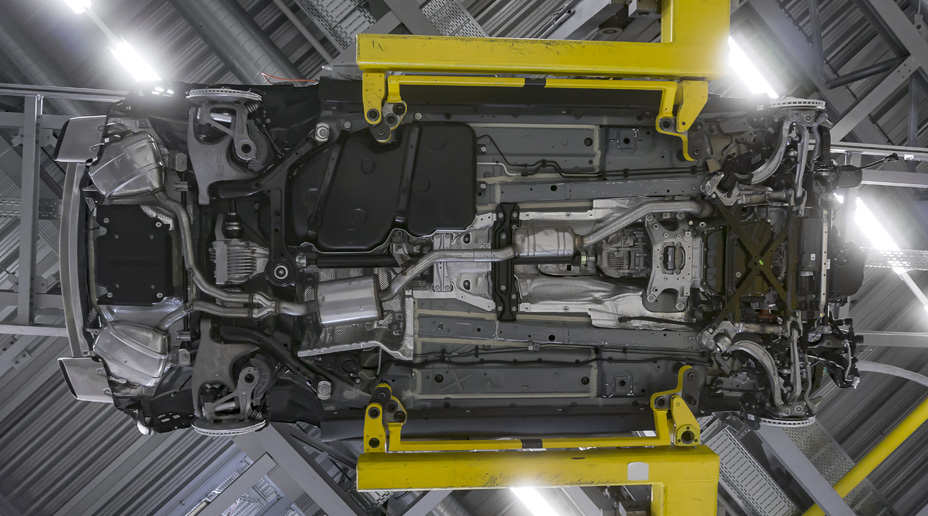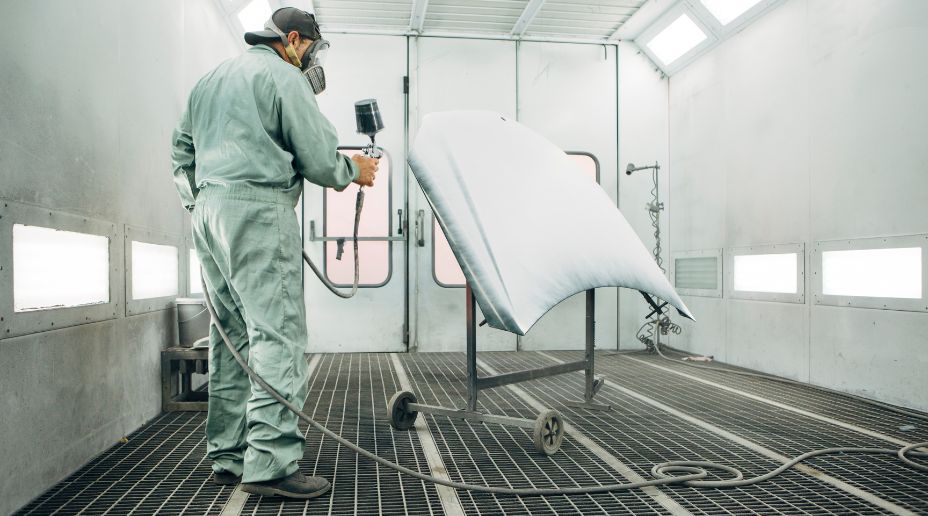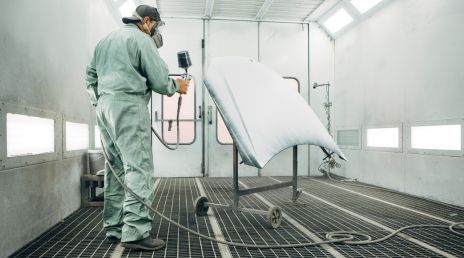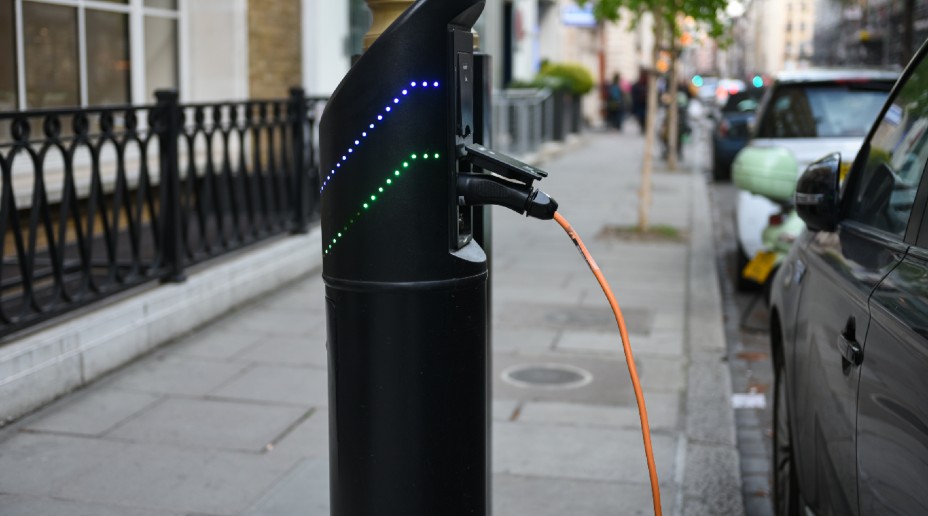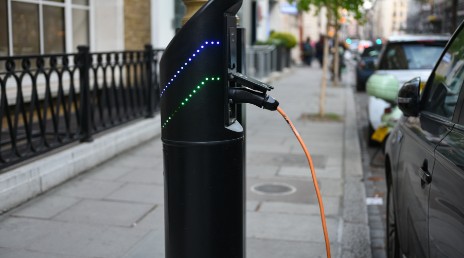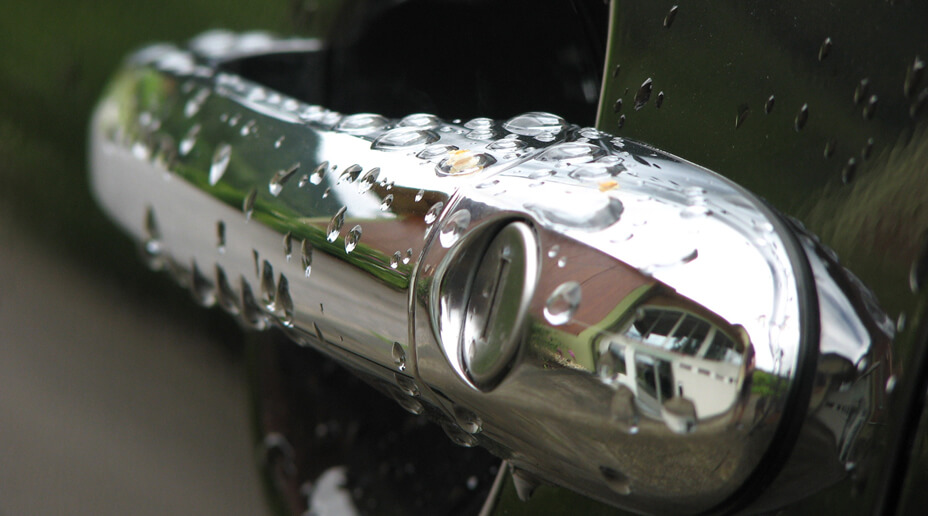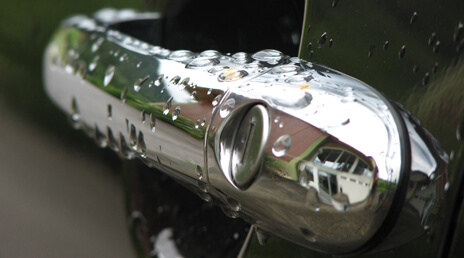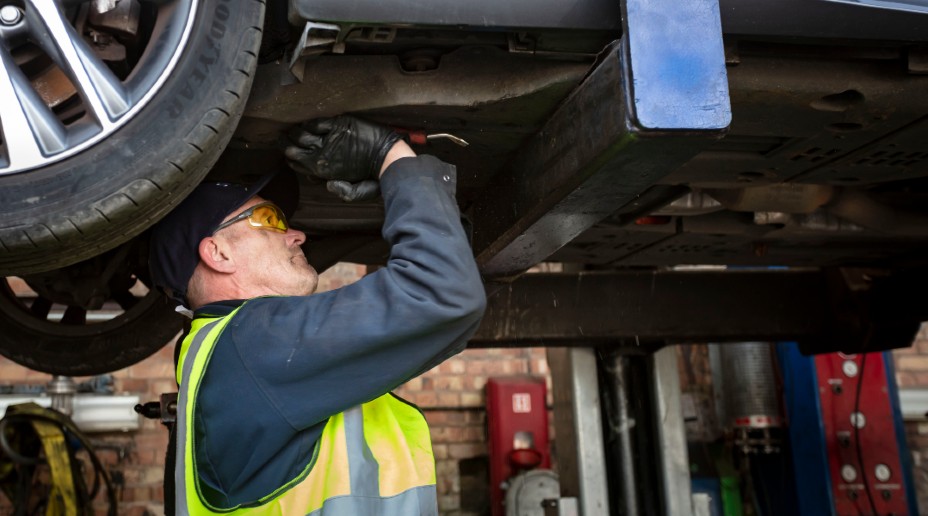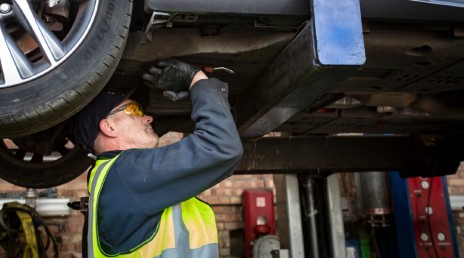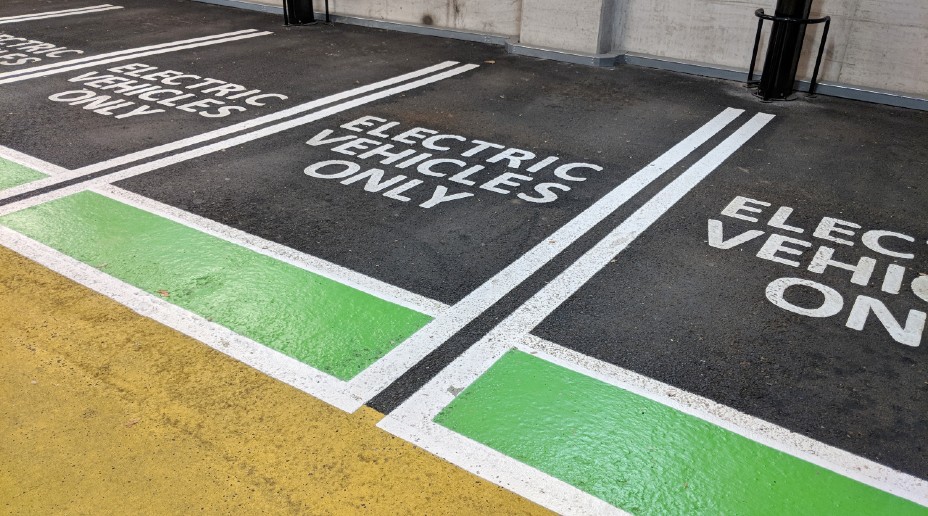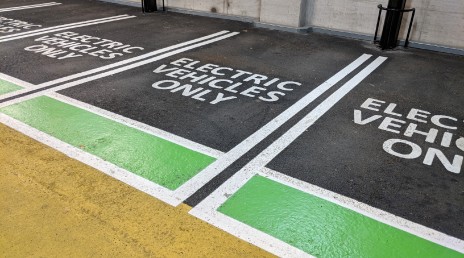There can be no guarantees the right procedures are always going to be followed – but there have been cases where accidents have happened to experienced mechanics through complacency or where trainees haven’t known the right procedures. Injuries are not uncommon within the motor repair industry and so it is incumbent on all to keep working practices as safe as possible.
The HSE guidance contains various reminders, for example, on potential dangers and the message is that a rushed approach without due care and attention is hugely reckless.
Growing numbers of vehicles, such as SUVs, are heavy and if they are incorrectly positioned or not correctly balanced on the vehicle lift, they could topple off.
The guidance also refers to air suspension vehicles, such as some buses and coaches, and that no one should work beneath one of these unless it is safely propped up, or tamper with the ride height for the purpose of recovery or repair.
It is also advised not to do any hot work, such as welding, near a fuel line and that when a vehicle is being worked on, the mechanic should remove and keep the ignition key. There is also a reminder about the dangers of pits and when these need to be covered or surrounded by barriers to avoid anyone falling.
Meanwhile mechanics may also be required to carry out work away from the workshop, such as at a customer’s home, a car park or at the roadside. In such instances, the HSE advise that technicians should exercise caution if the ground is uneven or sloping and to always prop cabs and trailers that could drop under their own weight. If there are concerns about safety, then the vehicle should be towed to a workshop.
Many vehicle testing and repair centres have lifting tables in almost constant use and they can be subject to extreme wear and tear, which is why making time to ensure they are fully fit for purpose is essential.
